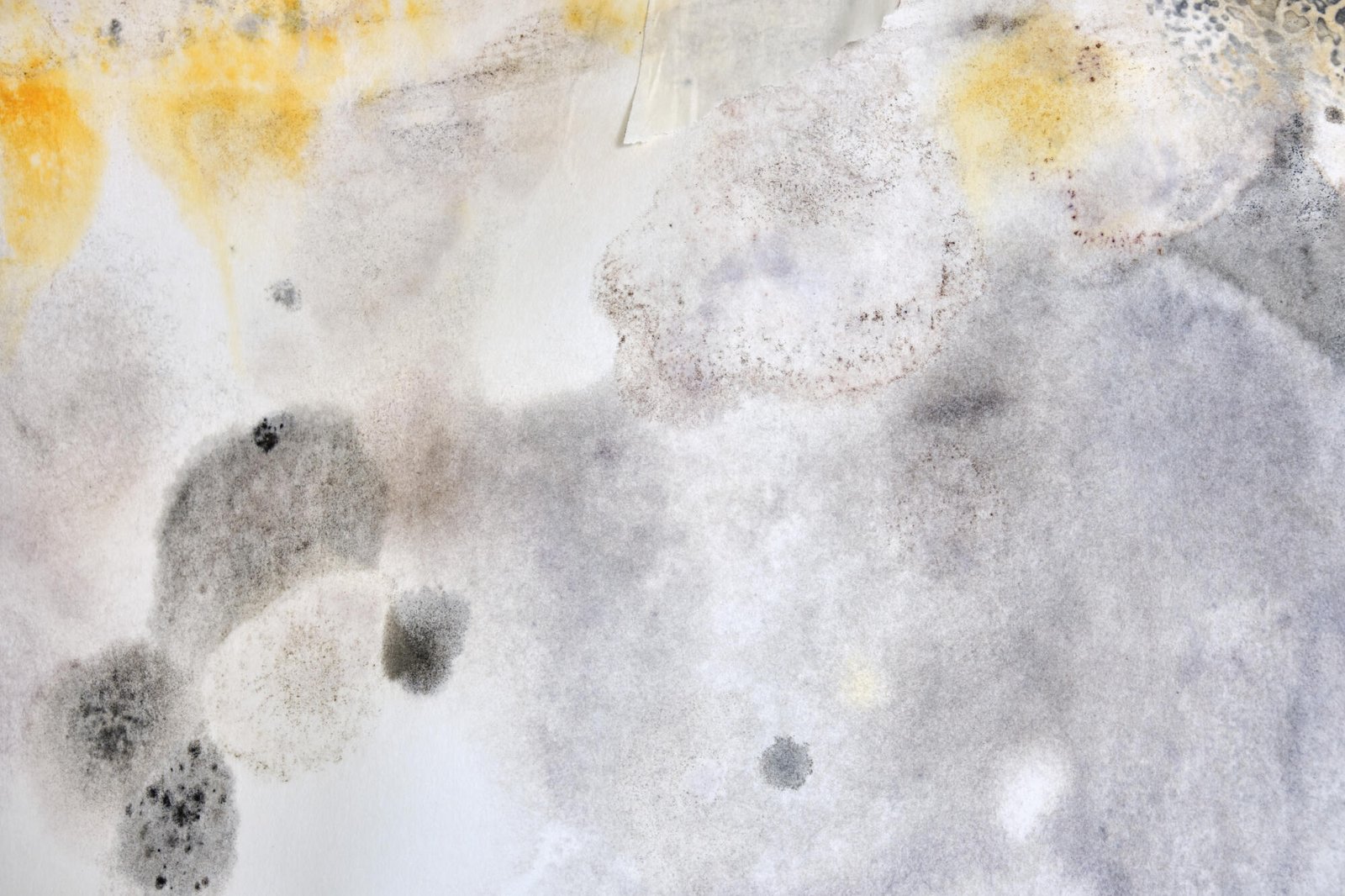General
Identifying Mold Risks in Your Home: A Comprehensive Guide

Worried about mold growing in your home?
Mold can hide in places you might not notice, like behind walls, under sinks, or in damp corners. It can cause health problems and damage your home if left unchecked. Knowing the signs of mold and the areas most at risk can help you act before it spreads.
Simple steps like checking for leaks, keeping rooms dry, and watching for unusual smells or spots can make a big difference. Curious how to spot hidden mold and protect your home? Let’s dive in.
Check for Water Leaks
Water leaks are one of the most common causes of mold in a home. Even a small drip from a faucet, pipe, or appliance can create the damp conditions that mold needs to grow.
These leaks are often easy to miss because they may be hidden under sinks, behind toilets, or behind large appliances like washing machines and dishwashers.
Sometimes leaks are tiny and slow, and they may not cause noticeable problems right away. Homeowners concerned about hidden leaks or mold growth can benefit from licensed and certified mold inspections in Central Florida to ensure every risk is properly addressed.
Inspect Roof and Attic
The roof and attic are often overlooked areas where mold can develop. Water can seep in through damaged shingles, cracks, or poorly sealed vents.
When water enters, it often lands in hidden corners of the attic, creating damp spots that encourage mold growth. Look for dark stains, discoloration, or warped wood on attic floors and ceilings.
Insulation should also be dry and free of water damage, as wet insulation can hide mold spores and spread them through the home’s airflow. Ignoring mold in these hidden spaces can sometimes contribute to health problems over time.
Look Around Windows
Windows are another area where mold can grow unnoticed. Condensation forms on glass during cold months or in rooms with poor airflow. This moisture often drips down to the window frame or sill, creating damp spots.
Over time, these areas become perfect breeding grounds for mold. Make sure to check both the inside and outside of windows for water buildup or discoloration.
Poorly sealed windows can allow water to seep into walls, further increasing mold risk. Keeping windows dry by wiping condensation regularly and improving ventilation in rooms can reduce mold growth.
Check Basements and Crawl Spaces
Basements and crawl spaces are naturally dark and damp, which makes them highly susceptible to mold. These areas often have poor ventilation, limited sunlight, and occasional water intrusion from plumbing leaks or outdoor drainage problems.
Mold in basements may appear as dark spots on walls, floors, or stored items. Crawl spaces can hide mold under floorboards or insulation, making it easy for it to go unnoticed.
Any signs of dampness or musty odors should be investigated immediately. Water-resistant flooring or moisture barriers can also help protect basements and crawl spaces from mold.
Watch for Musty Smells
One of the easiest ways to detect mold is through smell. A strong, earthy, or musty odor usually indicates the presence of hidden mold. Musty smells are often stronger in areas that are rarely used, such as closets, basements, and attics.
Even if mold is not visible, the smell may be a warning that it is present behind walls, under carpets, or inside furniture. Paying attention to unusual odors can help identify problems early.
If a musty smell is noticed, check nearby surfaces for dampness, water stains, or discoloration. Airing out rooms and using dehumidifiers may help reduce odor, but the source of mold must be addressed to prevent it from returning.
Inspect Walls and Floors
Walls and floors can show visible signs of moisture that lead to mold. Look for peeling paint, bubbling wallpaper, or warping on floors or baseboards. These are often signs that water has penetrated the surface.
Mold may be growing behind walls or underneath flooring in these areas. Regularly inspecting walls and floors can prevent small problems from becoming serious. Even minor water damage should be addressed promptly.
Repairing leaks, repainting with mold-resistant paint, or replacing damaged flooring can reduce mold risks and improve the home’s safety. Moisture sensors or infrared cameras can also help detect hidden damp areas.
Check Ventilation Areas
Bathrooms, kitchens, and laundry rooms are naturally humid spaces where mold grows easily. Poor airflow in these rooms allows moisture to stay in the air and settle on surfaces.
Installing and using exhaust fans can remove excess humidity and help prevent mold. Ventilation is particularly important in bathrooms with showers and tubs. Regularly cleaning vents and ensuring they are unobstructed improves air circulation.
Even small changes, like leaving doors open or using a portable fan, can help keep air moving and reduce moisture buildup. Good ventilation stops mold spores from settling and spreading to other parts of the home.
Monitor Humidity Levels
High indoor humidity creates the perfect conditions for mold. A humidity level above 50 percent encourages mold growth on walls, ceilings, and furniture. Using a hygrometer to measure humidity is an easy way to monitor levels.
Dehumidifiers can reduce moisture in rooms that are naturally damp. Keeping the home’s humidity under control prevents mold from developing in hidden spaces.
Air conditioning can also help remove moisture from the air. Regular checks are important because humidity levels can change with the seasons or after heavy rainfall.
Look Behind Furniture and Appliances
Mold often grows in hidden areas with little airflow. Behind couches, refrigerators, and other large items, moisture can accumulate and go unnoticed. Moving furniture periodically allows inspection of walls and floors for damp spots.
Dust and dirt in these areas can also trap moisture, making it easier for mold to grow. Cleaning and drying behind large furniture items reduces risk.
Checking these hidden spaces is an important step in preventing mold from spreading. Even if the visible surfaces look clean, moisture may be present behind or under the items.
Keep an Eye on Outdoor Drainage
Water outside the home can affect indoor mold risk. Poor drainage near the foundation allows water to seep inside, creating damp conditions. Gutters, downspouts, and slopes should direct water away from the house.
Standing water near the foundation is a warning sign. Fixing drainage problems reduces the chance of mold entering basements or crawl spaces.
Stay Ahead of Mold: Protect Your Home and Health
Stay alert for leaks, damp areas, and poor ventilation to prevent mold. Regular checks and timely action protect your home, belongings, and health from hidden mold risks.
Was this article helpful? Visit our website for more awesome content like this!
-

 Celebrity1 year ago
Celebrity1 year agoWho Is Jennifer Rauchet?: All You Need To Know About Pete Hegseth’s Wife
-

 Celebrity1 year ago
Celebrity1 year agoWho Is Mindy Jennings?: All You Need To Know About Ken Jennings Wife
-

 Celebrity1 year ago
Celebrity1 year agoWho Is Enrica Cenzatti?: The Untold Story of Andrea Bocelli’s Ex-Wife
-

 Celebrity1 year ago
Celebrity1 year agoWho Is Klarissa Munz: The Untold Story of Freddie Highmore’s Wife
















